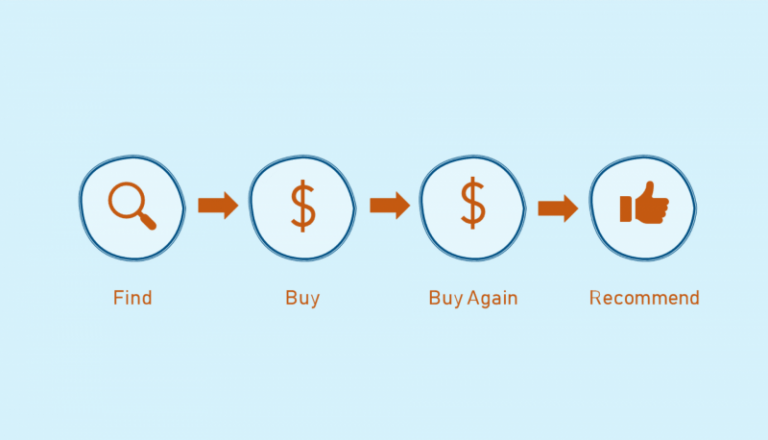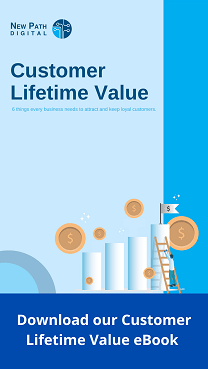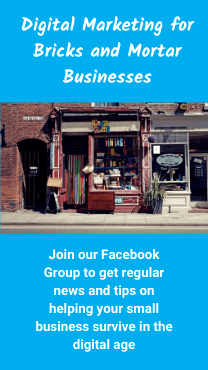In the age of digital, many businesses (big and small), take a piecemeal approach to marketing. An email here, a Google ad there, a Facebook post from time to time. It is hard work to keep up with all the places they need to be, never mind making sure it is consistent and works together.
But customer expectations and behaviours have changed. Most interact with a business multiple times before they buy – searching online, reading reviews, checking out competitors. Coming into store or purchasing online is the last step in a long path of events. And customers expect every experience, whether it is online or offline, to be great.
In fact, they are prepared to pay more for a better customer experience. 60-80% of customers will pay more for a great experience. 1
75% of customers are more likely to purchase from a business that knows their name and purchase history AND recommends products based on their preferences.2
In a world where it is getting harder to compete on price or product, customer experience has to be your differentiator.
And this means you need to understand the end-to-end experience customers have with your business.
The best way to do this is to create a customer journey map. This is a way of detailing all the steps a customer takes before, during and after a purchase.
56% of high performing companies are mapping the customer journey.3
Creating a Customer Journey Map
To create a Customer Journey Map, break the sales funnel into logical phases –
- Finding
- Buying
- Buying Again
- Recommending
For each phase, identify the customer:
- Goal – what are they trying to achieve in this part of the journey?
- Pain Points – what is difficult for them here?
- Thoughts – what do they ask themselves? What do they need to know?
- Feelings – what are their emotions?
- Action – what are they doing?
- Channels / Touchpoints – where do they go for information or to take action? For example, website, social media, instore.
- Opportunities – where can you do better? How can you solve the pain points and make money in the process?
Here is an example of a customer journey map for someone looking to buy a kid’s bike.
It doesn’t have to be hard or time consuming to complete a Customer Journey Map. Put some Post Its up on the wall of your office or your house.
You don’t have to do it all yourself – ask your team what they think the Customer Journey is or better yet, ask your customers.
You wouldn’t drive somewhere new without consulting a map, so why try to drive your business forward without mapping how your customers navigate to you? A customer journey map helps to highlight where your marketing focus should be and how you can deliver a great experience for your customers – making you stand out from the competition.
To get started, you can download a template for Customer Journey here.
I believe there are 6 things small businesses need to do in order to sell more and keep customers longer in the digital age:
- Know your Customer
- Understand their Journey
- Provide relevant Content
- Use multiple Touchpoints
- Collect useful Data
- Install efficient Systems
When they work well together, you can maximise the Lifetime Value of your customers.
If you would like to know more about ways to increase the Lifetime Value of your customers, join our Facebook Group – Digital Marketing for Bricks and Mortar Businesses. Use this forum to ask questions and receive regular updates on how to grow your business through digital marketing.
Sources:
- https://cmo.adobe.com/articles/2018/4/new-study-finds-consumers-would-pay-more-for-better-cx-pwc.html#gs.m1t4mh
- https://newsroom.accenture.com/news/consumers-welcome-personalized-offerings-but-businesses-are-struggling-to-deliver-finds-accenture-interactive-personalization-research.htm
- https://salesforce.hsm360.com/wp-content/uploads/2019/01/salesforce-research-fifth-edition-state-of-marketing.pdf





